Netrokona, Sep 06 (V7N) - Coal, an organic sedimentary rock and non-renewable energy source, is primarily used for generating heat which is then converted into electricity. It ranks as the second most utilized fossil fuel worldwide.
Coal forms from plant matter buried under soil over thousands of years. Despite its significant environmental impact, coal remains heavily used and traded due to its high energy content. Since 1880, it has been extensively used for electricity production and is also important in the iron and cement industries.
At the India-Bangladesh border in the foothills of Meghalaya, specifically along the 40-kilometer stretch from Kolmakanda to Durgapur, coal is being smuggled through areas such as Bijoypur, Baromari, Lengura, Kochugara, Baruyakona, and Pachgaon, often in broad daylight, circumventing government revenue collection.
Investigations on the ground have found that smugglers have amassed at least 500,000 tons of coal at various locations including near the Durgapur Fire Service Office, College Road, Purba Bazar, Kamarkhali, and Chandigarh Union. Illegal coal extraction is taking place from rivers like the Sameshwari, Mahadeo, and others in the Sunamganj district.
The smuggled coal is transported by boats, lorries, pickups, and trucks to different parts of the country. Smugglers collaborate with corrupt officials, paying commissions per sack, leading to substantial revenue losses for the government. Additionally, the unregulated storage of coal presents a fire hazard.
The Executive Officer of Durgapur Upazila noted that smuggling from India is a recurring issue. The Border Guard Bangladesh (BGB) frequently intercepts such coal during their operations, and local authorities also conduct raids when informed. Action will be taken if illegal coal storage is discovered.
END/AJT/SMA/



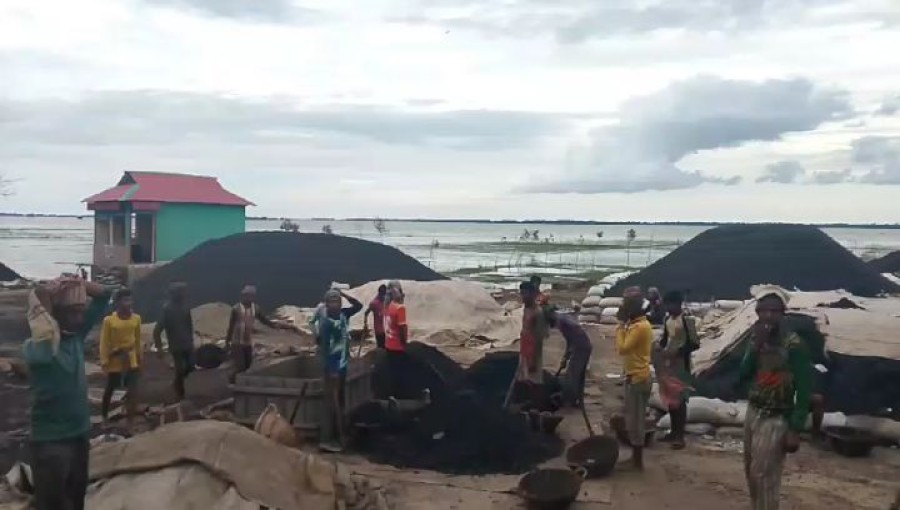
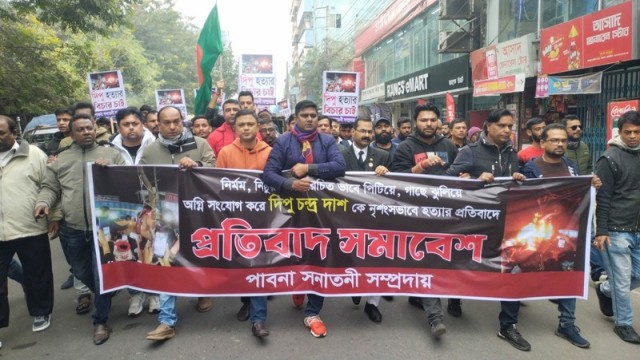


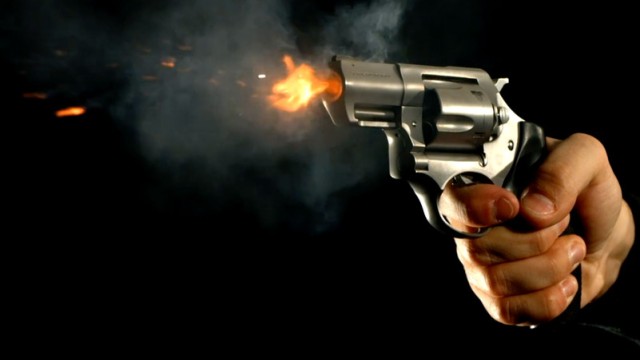


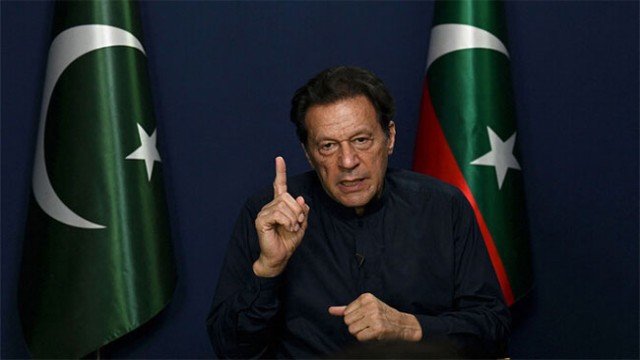
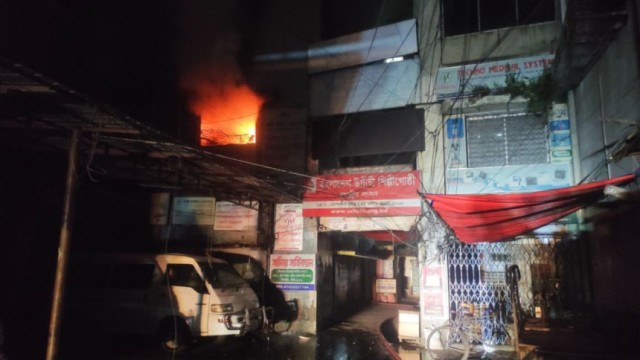
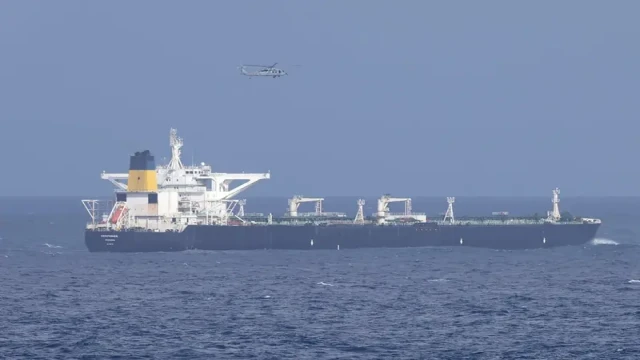
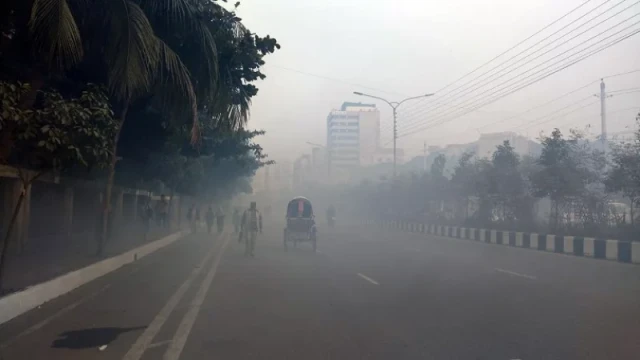
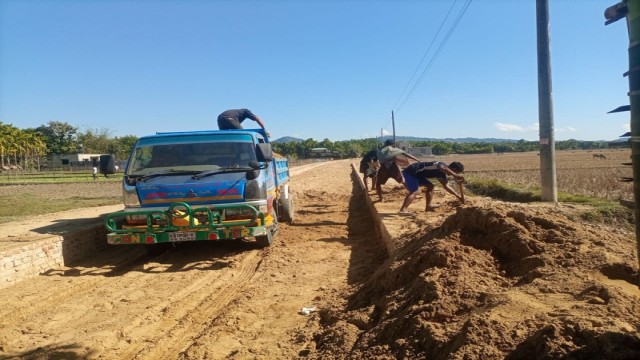
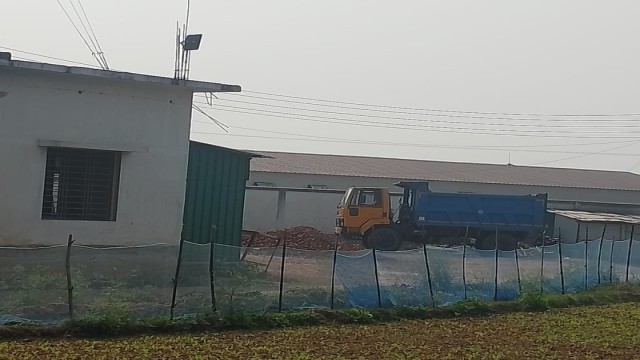



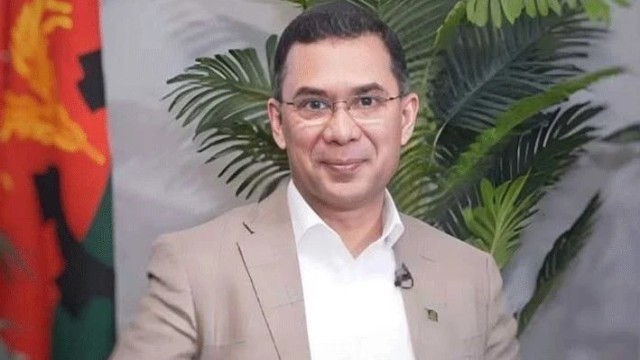






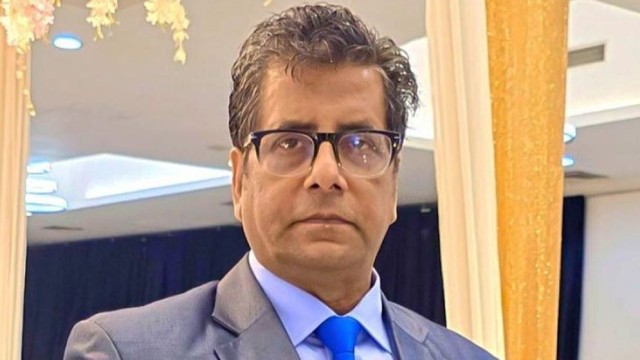

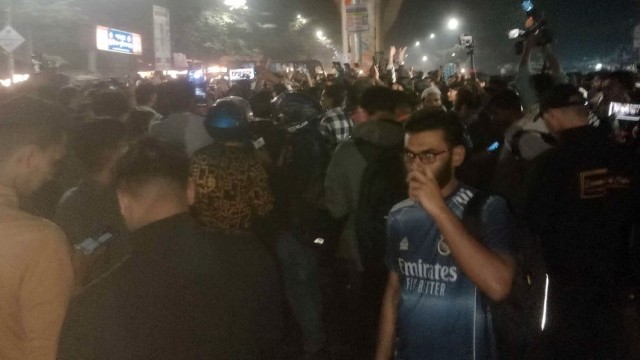


Comment: